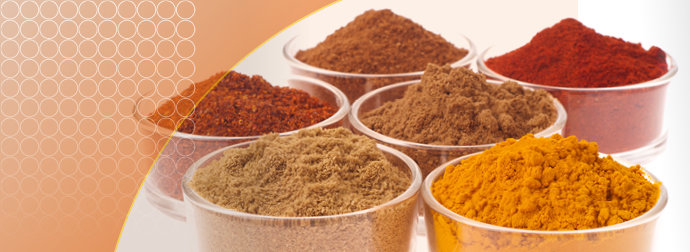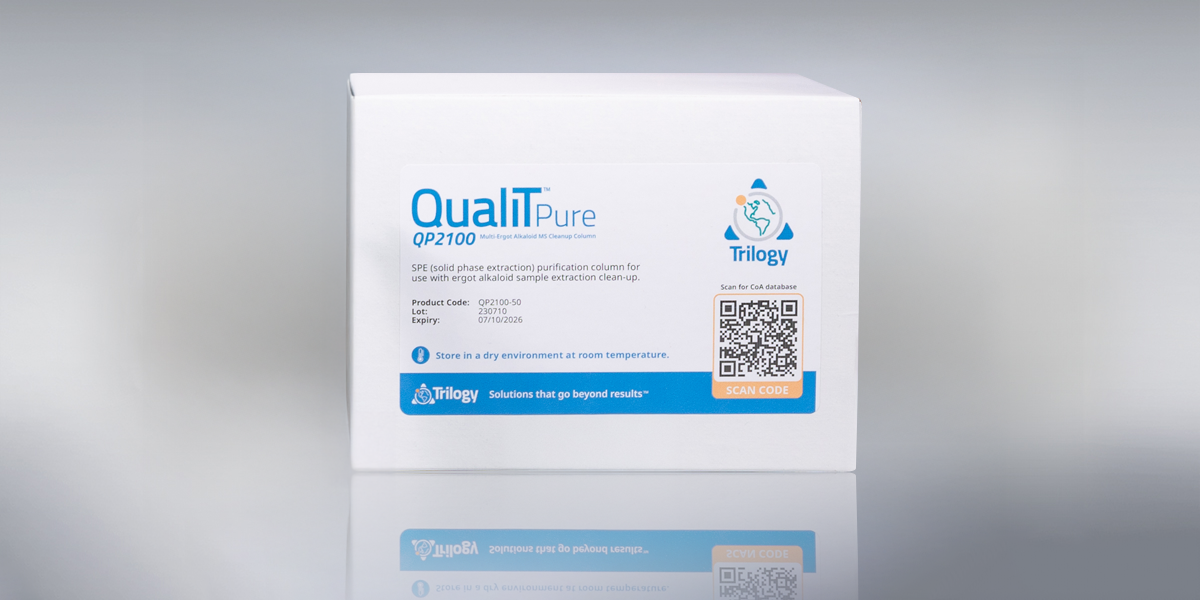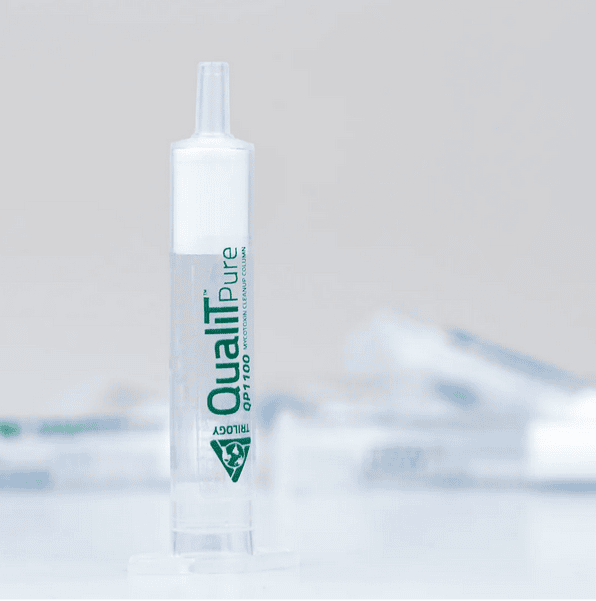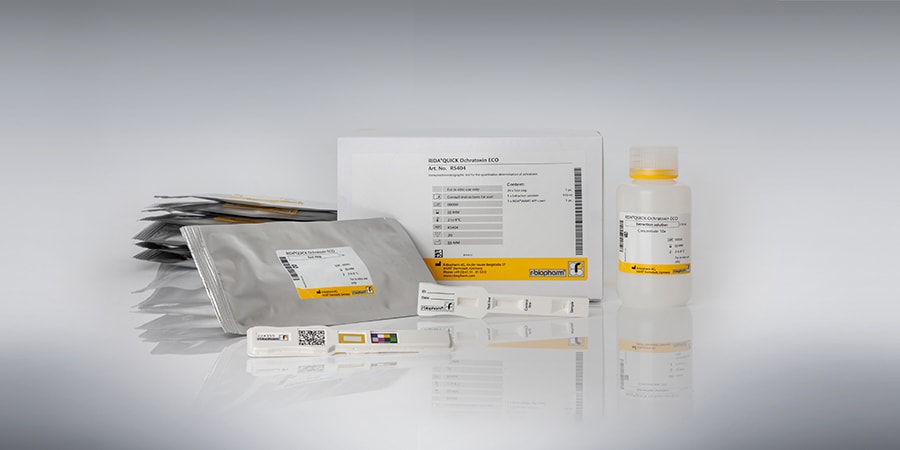
Recent news in Food & Feed Analysis
- Home
- /
- Mycotoxin analysis: 3 attributes...
Mycotoxin analysis: 3 attributes you should be aware of when analyzing spices

Spices are essential for food production, but just like cereals, spices are often contaminated with mycotoxins. Aflatoxin and Ochratoxin are particularly prevalent in spices. In order to ensure safe foods, regular mycotoxin analyses are mandatory. Here’s what you should consider when testing spices.
1. Legislative levels are very low
Due to their toxic effects, maximum limit values for Aflatoxin and Ochratoxin A have been defined in the EU. Since the limits are very low for spices (see table), analysis methods must be very precise in order to detect even such low concentrations. The method of choice here is a sensitive and reliable analysis by high-performance liquid chromatography (HPLC) or LC-MS/MS.
| Food | Aflatoxin limit value | Ochratoxin A limit value |
|---|---|---|
| Spices (paprika, pepper, chilli, nutmeg, ginger, turmeric) | 5 µg/kg for Aflatoxin B1 10 µg/kg for total Aflatoxin | 15 µg/kg |
| Liquorice root | - | 20 µg/kg |
| Liquorice extract (as ingredient for drinks, sweets etc.) | - | 80 µg/kg |
(Limit values according to Regulation (EU) No. 1881/2006 and Regulation (EU) No. 2015/1137)
2. Sample clean-up is indispensable when analyzing spices
Spices are very complex matrices. In order to analyze spices precisely despite their interfering substances, sample clean-up using immunoaffinity columns (IAC) prior to HPLC or LC-MS/MS is indispensable. Following homogenization of the sample and extraction of the mycotoxin, the sample extract is filtered, diluted and passed slowly through the immunoaffinity column. The column contains a gel suspension of monoclonal antibodies which bind to the mycotoxin in the sample. Unbound material is removed by washing. Following elution, the sample is ready for analysis by HPLC or LC-MS/MS.
Using immunoaffinity columns such as OCHRAPREP® or AFLAPREP® / EASI-EXTRACT® AFLATOXIN the clean-up is completed in 20 minutes, providing excellent recoveries and low limits of detection. Immunoaffinity columns for simultaneous sample clean-up for Aflatoxin and Ochratoxin are also available.
3. There is (as yet) no official method for spices
Mycotoxins are a major topic within food analysis with some official methods available for the analysis of Aflatoxin in certain spices. However, the detection of Ochratoxin in spices has not received great attention so far. Although the presence of mycotoxins in spices has been established in multiple analyses, methods for analyzing these matrices have not to date been collaboratively tested for Ochratoxin. To this day, there are no official methods, e.g. AOAC or CEN, for the detection of Ochratoxin in spices.
This could however change soon: The Journal of AOAC International recently published results of an international validation study on spices. In 25 public and private laboratories, naturally contaminated and spiked samples of black and white pepper, nutmeg, spice mix, cocoa powder and drinking chocolate were tested for Ochratoxin A. All participants used OCHRAPREP® immunoaffinity columns for sample extraction and clean-up prior to HPLC analysis with fluorescence detection. This method showed excellent performance and is now under consideration by CEN for eventual adoption as an official method for Ochratoxin A.



